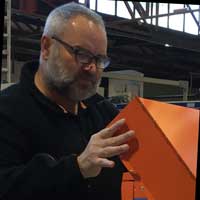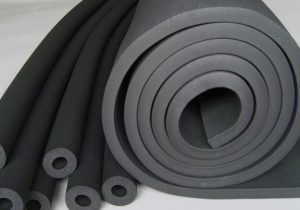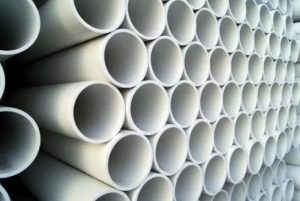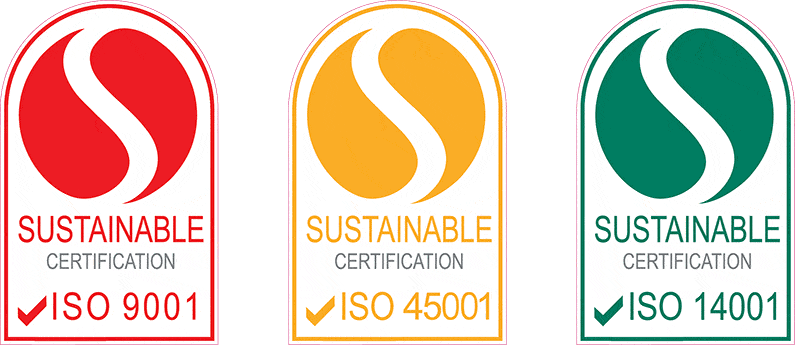It is time to retire AS1530.3

John Rakic
John Rakic is the proud Owner and Managing Director of Trafalgar Group with over 20 years of experience in the passive fire industry.
This is just a snippet of the full article. To read the entire article, download the pdf today.
Plastics are well known to us all, and chemically speaking they are man-made materials derived from petrochemicals. One of the biggest issues with plastics is that compared to most other materials, they create a big fire load and can burn out of control when involved in a fire, creating huge quantities of toxic smoke.
Yes, we know they can have fire retardants included in their formulation, but this just limits the ignitability and initial flame spread across the surface, but flame retardant cannot and does not make plastics non-combustible sadly.
Although I have spent a large proportion of my career looking at fire resistance and fire barriers, I have also studied so-called reaction to fire properties of plastics and other materials in depth.
This article is my personal, Australian overview relating to plastics in construction and discusses different applications, fire test methods and their applicability to Building Control Legislation and our National Construction Code.
One thing that is obvious is it is time to fully retire the old AS1530.3 fire test method.





